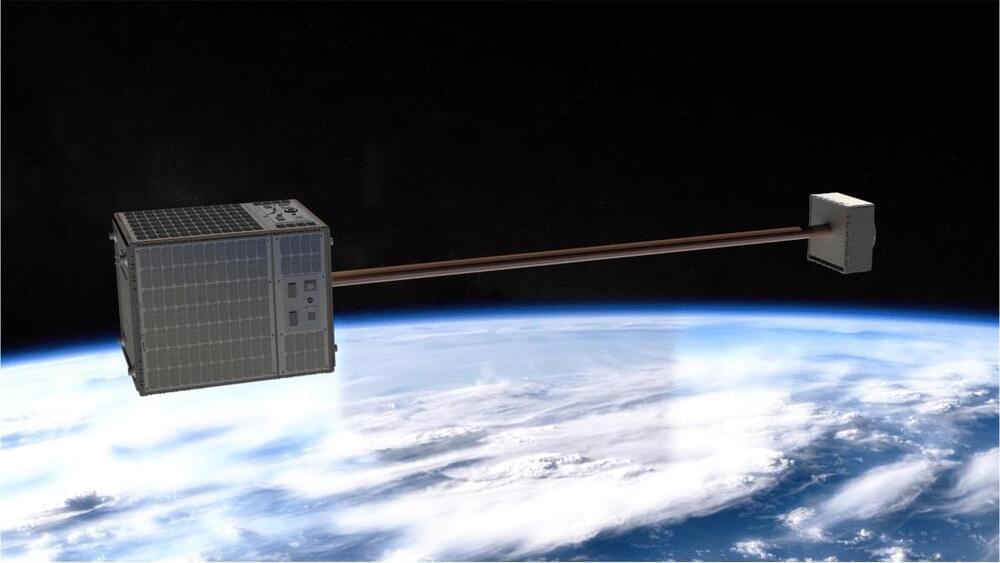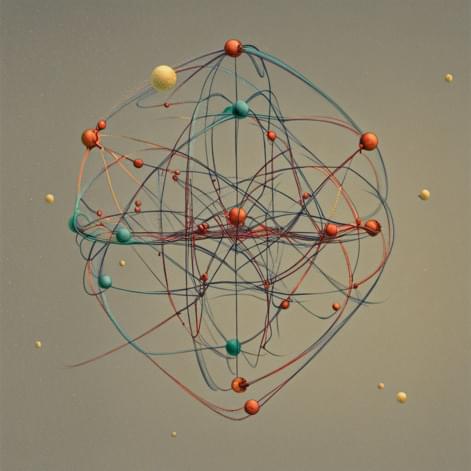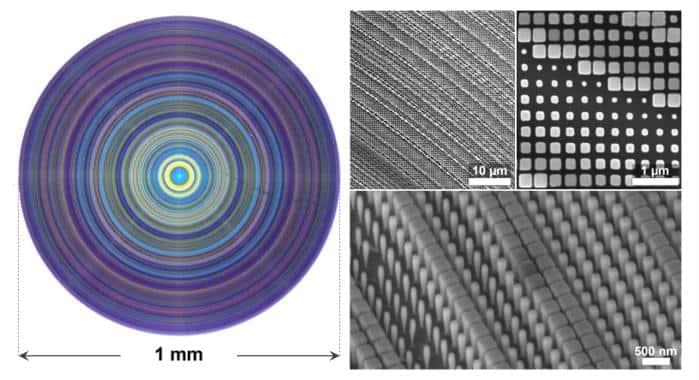A Neptune-sized planet orbits close enough to its star that it is bombarded by dramatic flares which cook the planet with radiation and strip its atmosphere.



Preventing artificial intelligence chatbots from creating harmful content may be more difficult than initially believed, according to new research from Carnegie Mellon University which reveals new methods to bypass safety protocols.
Popular AI services like ChatGPT and Bard use user inputs to generate useful answers, including everything from generating scripts and ideas to entire pieces of writing. The services have safety protocols which prevent the bots from creating harmful content like prejudiced messaging or anything potentially defamatory or criminal.

Living without gravity spells disaster for the human body. Even a few weeks in microgravity can lead to issues with circulation and vision; over the longer term, the complications compound even further. The heart begins to degenerate and atrophy. Bones turn thin and brittle.
But what about Martian gravity, which is around 0.38 that of Earth? Or somewhere in-between — 0.16 G on the moon, or 0.91 on Venus? How do these gravity levels affect the body, plants and other organisms, even manufacturing processes? We have astonishingly few answers to these questions.
gravityLab wants to find some. The company is developing a spinning spacecraft that will be able to generate what co-founder and CEO Grant Bonin calls “programmable gravity.” The spacecraft will be equipped with a motorized boom that can extend and retract a counterweight. By dynamically varying the length of the boom and the rotation rate, the company says it will be able to control the acceleration of gravity inside the spacecraft.

New research provides evidence that training our heart rate can indirectly influence our emotional memory, making us more likely to remember positive experiences. The study has been published in the journal Applied Psychophysiology and Biofeedback.
The study aimed to explore whether certain brain circuits are responsible for regulating both heart rate and emotion, specifically focusing on the role of the ventromedial prefrontal cortex (vmPFC). Additionally, the researchers were interested in understanding how biofeedback training, which involves providing individuals with real-time physiological feedback and training them to modify their own physiological responses, could impact emotional memory biases.
“There have been many studies showing that people with higher resting HRV tend to experience less negative emotions,” study author Mara Mather told PsyPost. “But most of the research has been correlational and so it is not clear if the individual differences in HRV play any direct role in the emotional differences. Thus, we were interested in whether manipulating HRV could affect people’s emotional biases.”

In October of 2021, NASA’s next-generation infrared observatory, the James Webb Space Telescope (JWST), will be launched. As the most advanced and complex space telescope ever built, the James Webb will characterize exoplanets, explore our Solar System, and address the deepest cosmological mysteries of all.

The plant hormone ethylene, in its gaseous state, has long been recognized for its ability to hasten fruit ripening and has a notable impact on shelf-life. In a recent study, scientists used the CRISPR/Cas9 system for gene editing to modify the ethylene production pathway in the luxury Japanese melon (Cucumis melo var. reticulatus “Harukei-3”) to increase its shelf-life.
Their findings were recently published in the journal Frontiers in Genome Editing.
The enzyme 1-aminocyclopropane-1-carboxylic acid.

Fast data transmissions could be delivered in homes and offices through light-emitting diodes (LED) bulbs, complementing existing communication technologies and networks.
The future’s new internet technologies are being rapidly refined by academics and LED-based communication links are expected to be extensively used in numerous emerging services and scenarios, including Light-fidelity (Li-Fi), underwater communications, moderate-to high-speed photonic interconnects and various “Internet of Things” (IoT) devices.
A new study, published in Nature Photonics and led by the University of Surrey and University of Cambridge, has investigated how to release high-speed photonic sources using metal-halide perovskites. These are semiconductors being researched with LEDs for their excellent optoelectronic properties and low-cost processing methods.


Ultrathin optical elements known as meta-optics can reduce the tip length of endoscopes, which is one of the limiting factors of these medical devices. That’s the latest finding from researchers at the University of Washington, who used an inverse design approach to downsize the tip length by a third. They also demonstrate that the endoscope can capture video in real time over the full visible spectrum, something that has proved difficult with previous approaches.
Endoscopy involves inserting a long, flexible tube (consisting of a camera and a light guide) into the body to obtain images of internal tissues. In existing devices, the tube is tipped with a rigid optical component, the length of which is a fundamental limitation to the device being able to travel through small convoluted ducts such as arteries.
In principle, this problem can be solved by making an endoscope from just a single optical fibre or a bundle of fibres, but the snag here is that some of the light travelling down the fibres is scattered by defects and gets distorted beyond recognition. It cannot therefore be reconstructed to obtain an accurate image. Such devices are also limited to short working distances.